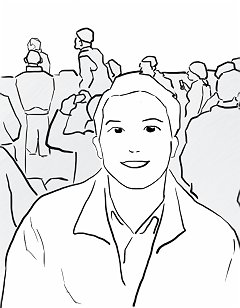Comics is emerging as a popular medium for providing visual explanations of programming concepts and procedures. Recent research into this medium opened the door to new opportunities and tools to advance teaching and learning in computing. For instance, recent research on coding strip, a form of comic strip with its corresponding code, led to a new visual programming environment that generates comics from code and experience report detailing various ways coding strips can be used to benefit students’ learning. However, how comics can be designed and used to teach programming has not yet been documented in a concise, accessible format to ease their adoption. To fill this gap, we developed a cheat sheet that summarizes the pedagogical techniques and designs teachers can use in their teaching. To develop this cheat sheet, we analyzed prior work on coding strip, including 26 coding strips and 30 coding strip design patterns. We also formulated a concept-language-procedure framework to delineate how comics can facilitate teaching in programming. To evaluate our cheat sheet, we presented it to 11 high school CS teachers at an annual conference for computer studies educators and asked them to rate its readability, usefulness, organization, and their interest in using it for their teaching. Our analysis suggests that this cheat sheet is easy to read/understand, useful, well-structured, and interests teachers to further explore how they can incorporate comics into their teaching.
